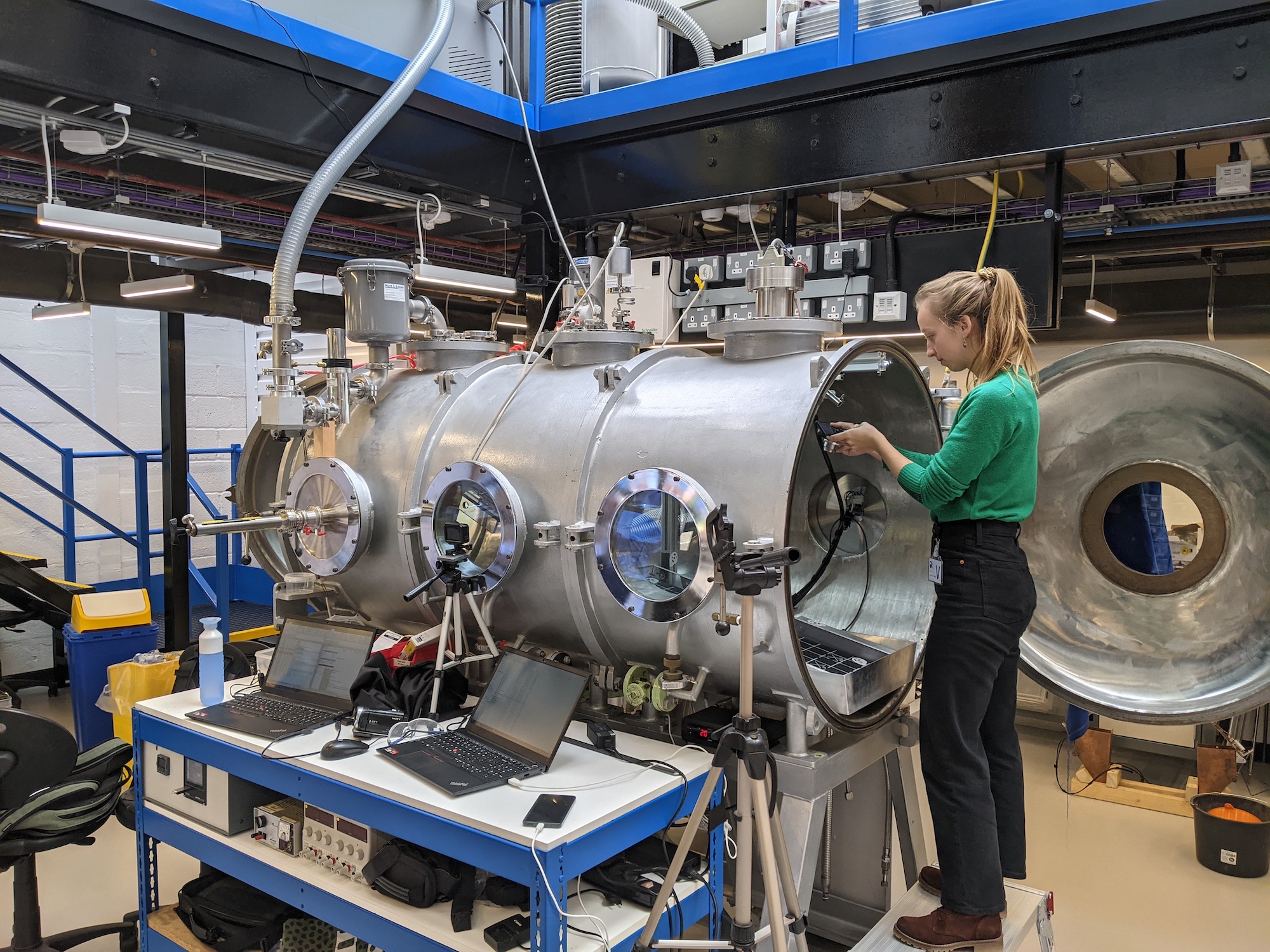- Date and time: 12 May 2025 – 14:15
- Location: Academiegebouw, Domplein 29 & online (livestream link) external link
- Promotor: prof. dr. M.G. Kleinhans
- Co-supervisor(s): dr. T. De Haas, dr. S.J. Conway
Summary:
Mountainous areas and hillslopes on both Earth and Mars are actively being eroded by various sediment transport processes. On Earth, one of the dominant processes causing change on hillslopes are debris flows. These fast-moving masses of soil, rock and water carve deep valleys and transport sediment from mountain peaks to the valleys. How debris flows erode material and change the landscape is poorly understood. This inhibits our understanding of debris-flow hazards and long-term landscape change.
On Mars, landforms exist that look identical to landforms carved and built by debris flows on Earth. This resemblance has long supported the idea that liquid water was involved in their formation. However, recent observations have shown that Martian gullies are active today. This activity is inconsistent with a water-driven process because the current Martian atmosphere is too thin and cold for liquid water to exist on the surface. So, what is driving these debris flows? And how did the Martian gullies form?
In her thesis, Lonneke Roelofs studies how debris flows change landscapes on both Earth and Mars. I show that on Earth, debris-flow erosion is highly dependent on the composition of the debris flow and the bed material. Furthermore, I show that on Mars debris flows are driven by the sublimation of seasonal CO2-ice. This CO2 ice is deposited from the atmosphere onto the Martian surface in winter when surface temperatures reach below -120°C. These CO2-driven debris flows are capable of eroding material and thus carving the gullies we observe on Mars today.

